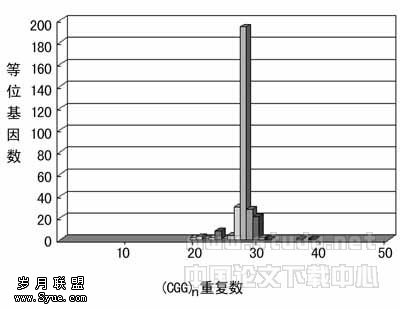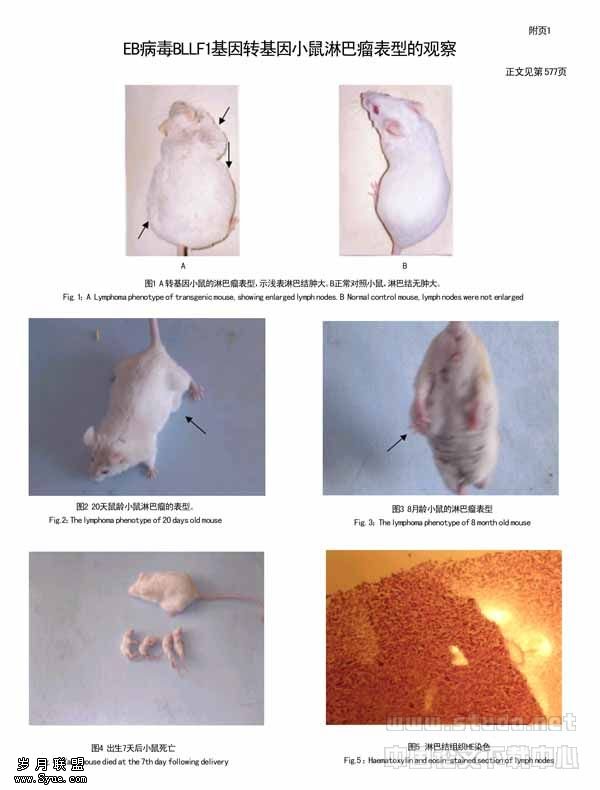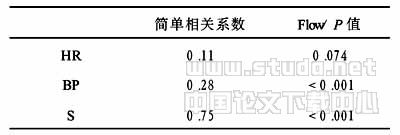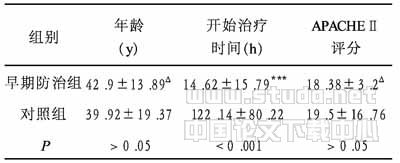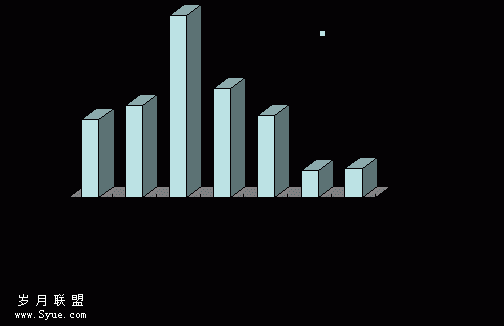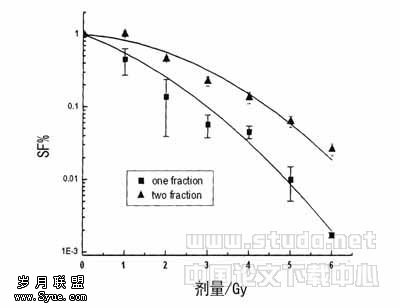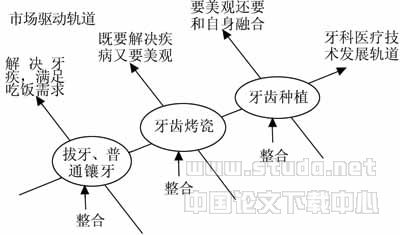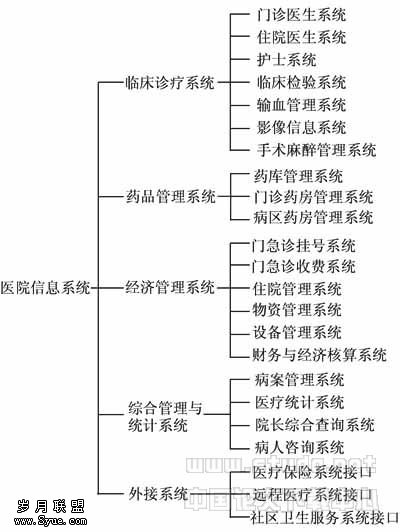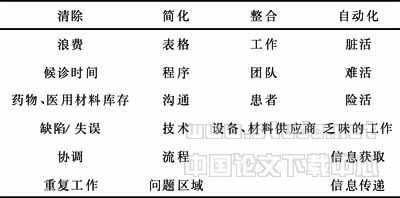乌司他丁对老年胸部肿瘤患者围术期细胞因子的影响
【摘要】 目的 观察乌司他丁对老年胸部肿瘤患者围术期细胞因子的影响。方法 30例择期食管癌和贲门癌根治术患者随机分为两组:乌司他丁组(U组),切皮前将乌司他丁30万单位稀释至100 ml生理盐水中30 min静脉输注;对照组(C组),以等量生理盐水代替。分别于麻醉前(T1)、手术结束(T2)、术后1(T3)、3(T4)、5(T5)天,采集外周静脉血,以放射免疫法测定血浆白细胞介素?6(IL?6)、白细胞介素?8(IL?8)及肿瘤坏死因子α(TNF?α)浓度。结果 C组IL?6及TNF?α在T2、T3、T4时段均较T1明显升高(P<0.05);而U组IL?6及TNF?α浓度在T4已降至术前水平(P>0.05)。两组IL?6及TNF?α浓度比较在T2、T3、T4有显著性差异(P<0.05)。C组IL?8浓度在T2、T3较T1显著上升(P<0.05);而两组T2、T3时段IL?8比较有显著性差异(P<0.05)。结论 老年胸部肿瘤患者术中应用乌司他丁能有效抑制围术期IL?6、IL?8、及TNF?α的释放。
【关键词】 乌司他丁 细胞因子 食管癌和贲门癌根治术
Abstract:Objective: To observe the effect of ulinastatin on perioprative cytokine in the elderly patients with thoracic tumor. Methods: Thirty patients undergone elective radical operation for esophogas and cardia cancer were randomly assigned into two groups with 15 cases each. The patients in the ulinastatn group (U) received ulinastatin 30ku in 30 min before skin incision, and the patients in the control group (C) the same volume of normal Saline as in group U instead of ulinastatin. Blood samples were taken before induction of anesthesia(T1), at the end of operation(T2), at 1 (T3) , 3 (T4) , 5 (T5) day after the end of surgery for the measurements of interleukin?6(IL?6), IL?8 and tumor necrosis factor alpha (TNF?α) by radioimmunoassay. Results: IL?6 and TNF?αincreased significantly during the period of T2~T4, compared with that at T1 in group C(P<0.05). In group U, the IL?6 and TNF?α almost returned to baseline values at T4. At T2~T4, IL?6 and TNF?αwere significantly higher in group C than those in group U(P<0.05). IL?8 was strikingly higher at T2 and T3 than that at T1 in group C (P<0.05), and IL?8 at T2 and T3 in group C was also signifiantly higher compared with that in group U.Conclusion: Ulinastatin can effectively depresss the perioprative cytokine IL?6,IL?8,andTNF?α in elderly patients with thoracic tumor.
Key words:ulinastatin; cytokine; radical operation for esophogas and cardia cancer
急性呼吸窘迫综合征(ARDS)是开胸手术后危重并发症之一,病死率高达50%~80%。近年来,各种细胞因子在ARDS发病中的作用已日益引起人们的兴趣。乌司他丁是一种蛋白酶抑制剂,能有效抑制各种蛋白酶及炎性介质对机体的损害。本研究旨在观察乌司他丁对老年胸部肿瘤患者围术期细胞因子的影响。
1 资料与方法
1.1 一般资料 择期食管癌和贲门癌根治术病人30例,ASAⅠ~Ⅱ级,年龄60~78岁。所有病人术前心肺功能良好,无严重高血压、糖尿病史,未使用免疫抑制剂,围术期无输血。随机分为两组,乌司他丁组(U组),切皮前将乌司他丁30万单位稀释至100 ml生理盐水中30 min静脉输注;对照组(C组),以等量生理盐水代替。
1.2 麻醉方法 术前30 min肌注阿托品0.5 mg、苯巴比妥钠0.1 g。麻醉前输注乳酸钠林格氏液10 ml/kg。两组全麻方法相同,诱导前选择T7~8间隙行硬膜外阻滞,注入2%利多卡因3 ml确定麻醉平面后开始全麻,诱导用咪唑安定0.05 mg/kg、芬太尼2 μg/kg、阿曲库铵0.6 mg/kg、丙泊酚1.5 mg/kg。气管插管后连接Drager麻醉机控制呼吸,调整潮气量和呼吸频率,维持PETCO238 mmHg左右。术中硬膜外间断推注0.25%左旋布比卡因5~8 ml/h,以微量泵入丙泊酚4~6 mg/kg·h?1及间断推注阿曲库铵0.4 mg/kg·h?1和芬太尼1~2 μg/kg·h?1维持麻醉深度。术后均使用PCEA镇痛,维持VAS评分为2~5分。
1.3 检测 分别于麻醉前(T1)、手术结束(T2)、术后1(T3)、3(T4)、5(T5)天,采集外周静脉血,以放射免疫法测定血浆白细胞介素?6(IL?6)、白细胞介素?8(IL?8)及肿瘤坏死因子α(TNF?α)浓度。试剂盒由美国B?D公司生产。
1.4 统计学处理 应用SPSS12.0统计分析软件处理数据。所有数据以均数±标准差(±s)表示。组内比较采用单因素方差分析及Dunnet?t检验,两组间比较采用t检验。
2 结 果
两组患者年龄、性别、体重、手术时间、术中出血量、围术期血流动力学变化无统计学差异(P>0.05)。C组IL?6及TNF?α在T2、T3、T4时段均较T1明显升高(P<0.05);而U组IL?6及TNF?α浓度在T4已降至术前水平(P>0.05)。两组IL?6及TNF?α浓度比较在T2、T3、T4有显著性差异(P<0.05)。C组IL?8浓度在T2、T3较T1显著上升(P<0.05);而U组IL?8在各时段无明显变化,两组T2、T3时段IL?8比较有显著性差异(P<0.05)(表1)。 表1 两组患者IL?6、IL?8、及TNF?α浓度变化注:与T1比较,﹢P<0.05; 与C组比较,△P<0.05
3 讨 论
乌司他丁是一种广谱蛋白水解酶抑制剂,它能抑制弹性蛋白水解酶的释放及活性,可稳定溶酶体膜,清除氧自由基,对由于体外循环介入而导致的各种蛋白酶及炎性介质对机体的损害有明显的抑制作用[1,2]。胸部手术由于对生理的干扰、创伤较大,术后并发症常见,在手术创伤后的炎症反应中,细胞因子起着重要作用,其中参与ARDS炎症反应的细胞因子中TNF?α、IL?6、IL?8成为研究热点[3]。
IL?6是一多功能调节因子,可刺激ACTH和皮质醇分泌,调节局部和全身的炎症和免疫反应[4],创伤后持续高浓度的IL?6与SIRS和NODS的发生呈正相关[5]。IL?8具有显著的趋化和激活多形核白细胞的作用,Jansen等[6]报道,IL?8主要参与了手术后早期的炎症反应。TNF?α主要来源于单核巨噬细胞,可激活PMN产生多种活性物质,大量TNF?α的释放可导致全身重度感染及器官损伤,是严重肺损伤的指标[5]。
本研究发现,老年胸部肿瘤患者围术期应用乌司他丁后可有效抑制术后血浆TNF?α、IL?6的大量释放,U组TNF?α、IL?6在术后3天就已经降至麻醉前水平,而C组一直到术后5天才基本正常,同时U组IL?8在围术期各个时段变化不大。提示乌司他丁可减轻手术应激对机体所致的急性期损伤,通过抑制IL?8代谢水平和TNF?α的大量释放,抑制中性粒细胞的活性,降低炎性反应和急性肺损伤。
很多实验表明,乌司他丁能明显减少急性胰腺炎肺组织中TNF?α、IL?6含量,减轻由细胞炎症因子介导的急性肺损伤。TNF?α、IL?6、IL?8是促炎因子,而乌司他丁为抗炎因子,其机制可能与乌司他丁具有抗感染、抑制中性粒细胞趋化和围术期血小板聚集稳定溶酶体膜的作用有关。但本研究的病例数尚少,有关乌司他丁对开胸患者围术期细胞因子的影响及具体机制还有待于进一步的临床和实验研究来探讨。
【】
[1] Miura M, Sugiura T, Aimi Y. Effects of ulinastatin on PMNL and vascular endothelial injury in patients undergoing open heart surgery with CPB[J]. Masui, 1998 Jan,47(1):29?35.
[2] Hiyama A, Taked J, Kotate Y, et al. A human urinary protease inhibitor(ulinastatin) inhibits neutrophil extracellular release of elastase during cardiopulmonary bypasss[J]. J Cardiothorac Vasc Anesth, 1997 Aug,11(5):580?4.
[3] Park W Y, Goodman RB, SteinbergK P, et al. Cytokine balance in the lungs of patients with axute respiratory distress syndrome[J]. Am J Respiraroy Crit Care Med,2001,15,(164):1896?903.
[4] Sheer P Hall GM. Cytokines in anaesthesia[J]. Br J Anesth, 1997,78:201?219.
[5] Lyoumi S. Actue phase response and SIRS/MODS:The good,the bad and the nebulous[J]. Crit Care Med,1998,26:1630?1631.
[6] Jansen NJ Vanoeven W, Van den Broek L, et al. Inhibition by dexamethasone of the reperfusion phenomena in cardiopulmanory bypasss[J]. J Thorac Cardiovascu Surg, 1991,102:515?523.
[7] Tracey KJ. Trends in shock research;tumor necrosis factor in the biology of septic shock syndrome[J]. Shock,1991,35(2):123.


